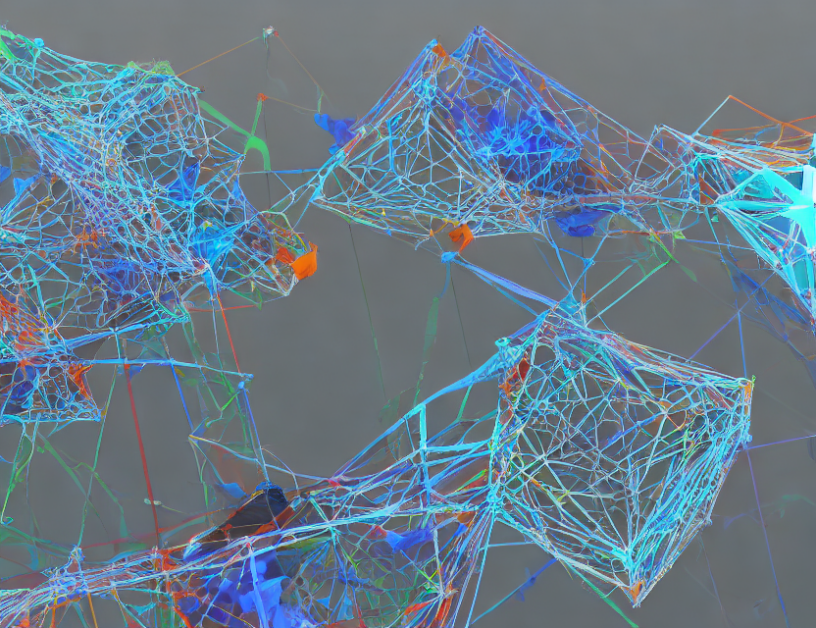Domain decomposition methods are a crucial aspect of machine learning, particularly in scientific applications where accuracy and efficiency matter. These techniques enable researchers to break down complex datasets into simpler sub-problems that can be solved independently before combining the solutions. This process helps reduce computational costs, improve scalability, and enhance model interpretability. In this article, we will delve into the world of domain decomposition methods in machine learning, discussing their applications, advantages, and challenges.
Local vs Global Decomposition
Domain decomposition can be approached in two ways: local and global. Local decomposition involves dividing a dataset into smaller sub-images or partitions, each containing related information. On the other hand, global decomposition splits the data into larger segments, which can be further divided into smaller sub-problems. While local decomposition provides more accurate results in some cases, global decomposition is more computationally efficient and easier to implement.
Applications of Domain Decomposition Methods
Domain decomposition methods have numerous applications across various scientific domains, including image processing, computer vision, and machine learning. In image processing, these techniques are used to reduce the dimensionality of large images, enhance image quality, and perform image denoising. In computer vision, domain decomposition helps identify objects in images, track their movements, and recognize patterns. In machine learning, domain decomposition methods improve model accuracy, reduce overfitting, and enhance generalization by providing a more comprehensive understanding of the data.
Advantages of Domain Decomposition Methods
Domain decomposition methods offer several advantages, including improved computational efficiency, better scalability, and enhanced interpretability. By breaking down complex datasets into simpler sub-problems, these techniques reduce the computational costs associated with processing large datasets. Moreover, domain decomposition helps researchers understand the underlying patterns in the data, leading to more accurate modeling and prediction.
Challenges of Domain Decomposition Methods
Despite their numerous advantages, domain decomposition methods encounter several challenges, including:
- Choosing the appropriate decomposition method: With various domain decomposition techniques available, selecting the most suitable method for a particular application can be daunting.
- Balancing accuracy and computational efficiency: While improving model accuracy is crucial, it should not compromise computational efficiency. Finding the right balance between these two factors is essential.
- Handling overlapping domains: In some cases, the sub-domains may overlap, making it challenging to handle them effectively.
- Managing missing data: Domain decomposition methods can be sensitive to missing data, which might affect their accuracy and robustness.
Conclusion
Domain decomposition methods are a powerful tool in machine learning, enabling researchers to tackle complex scientific applications with ease. By breaking down datasets into simpler sub-problems, these techniques improve computational efficiency, scalability, and model interpretability. While challenges exist, domain decomposition methods have numerous applications across various scientific domains, including image processing, computer vision, and machine learning. As the field of machine learning continues to evolve, it is crucial to develop new and improved domain decomposition techniques that can address these challenges and provide even more accurate results.



